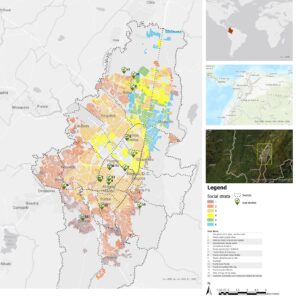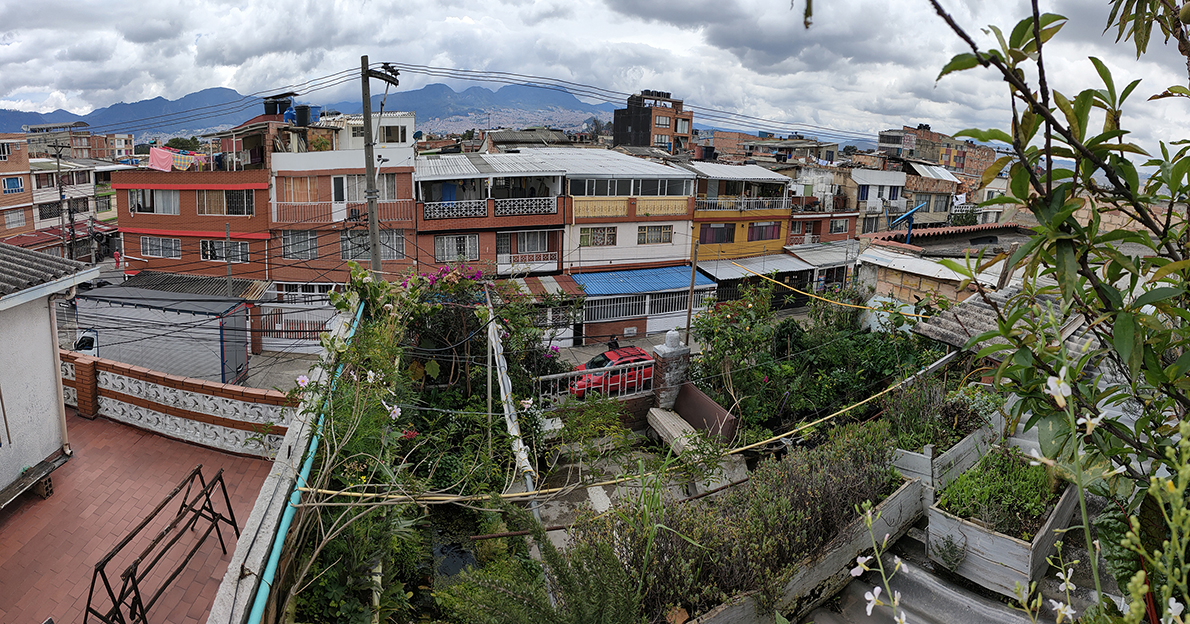Urban Agriculture (UA) started appearing in Bogotá in the second half of the 20th century, when large numbers of people fled the countryside and headed towards the city due to the Colombian armed conflict (1964-2016). Since then, UA has gained more and more importance in the Colombian capital, and several programs – such as “Bogotá sin hambre” and “Bogotá bien alimentada” – have been launched throughout the years. Initially, the aim of such programs was to provide indigent citizens coming from the countryside with means to support their livelihoods; however, this agenda rapidly evolved into a more complex one that envisioned UA as a multi-dimensional practice, capable of contributing to the city’s sustainable development.
The FEW-meter, an international project funded under the call NEXUS FOOD-WATER-ENERGY, launched by JPI Urban Europe (https://jpi-urbaneurope.eu/calls/sugi/), modelled the resource flows of UA through case study analysis in five countries in the Global North, in order to measure the effects of different forms of UA on food, energy, and water resources and to identify methods to improve efficiency and advance urban sustainability.
This website documents the results of a fieldwork investigation on the multi-dimensional role of urban agriculture in Bogotá by using the FEW-meter methodology.
This was a four-month experience that saw the collaboration between researchers from the University of Kent (KSAP and GCDC) and the Pontificia Universidad Javeriana de Bogotá with 15 urban gardens that provided accurate information on food production, resource use, revenues as well as the social and emotional impacts of farming on gardeners and volunteers. The gathered data will enable the development of an accurate picture of the UA landscape in the city, in the light of the increasingly evident agroecology-related features that this practice has acquired.


